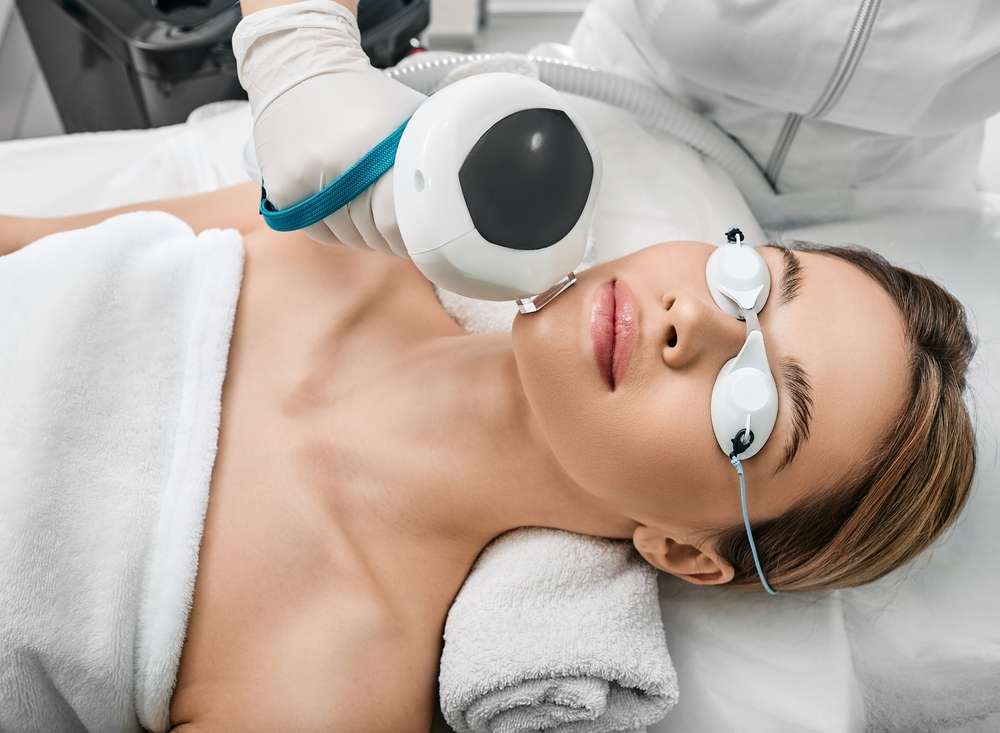How Neck Laser Treatments Work: A Thailand Overview
Neck laser treatments are widely available across Thailand’s hospitals and aesthetic clinics, offering a non-surgical way to address mild to moderate laxity and fine lines under the chin and along the jawline. This article explains how these lasers stimulate collagen, who may benefit, what a typical session involves, and how costs compare with alternatives like HIFU and radiofrequency in local services.

Neck laxity can make the lower face look older than it is, and Thailand’s clinics offer several technology-based options to address it. Among them, neck laser treatments stand out for their ability to heat precise layers of the skin to encourage new collagen. Results are gradual rather than instant, and multiple sessions may be recommended depending on device settings, skin type, and goals. Understanding how these lasers work and how they compare with other modalities can help you plan a safer, more realistic path.
What Is Neck Skin Tightening?
Neck skin tightening refers to non-surgical methods that firm the skin below the jawline by stimulating collagen and elastin. With age, collagen breaks down and the skin’s support network weakens, leading to creping and banding. Laser-based tightening aims to deliver controlled energy into the dermis to trigger a repair response without incisions. In Thailand, this is typically done at dermatology or plastic-surgery clinics within hospitals and reputable aesthetic centers that provide local services and follow medical standards. This article is for informational purposes only and should not be considered medical advice. Please consult a qualified healthcare professional for personalized guidance and treatment.
How Does Neck Skin Laser Tightening Work?
Most tightening lasers rely on photothermal effects: light energy is converted to heat in targeted skin layers. Non-ablative fractional lasers (e.g., around 1,320–1,550 nm) create micro-columns of thermal injury that prompt new collagen while leaving surrounding tissue intact for faster recovery. Long-pulsed 1,064 nm Nd:YAG can gently heat deeper dermal tissue to tighten over time, while Er:YAG systems in non-ablative “smooth” modes can stimulate collagen with minimal surface disruption. Collagen remodeling unfolds over weeks to months, so visible improvements usually develop gradually over 6–12 weeks.
A typical appointment begins with a consultation to review medical history, current medications, and expectations. On treatment day, the practitioner cleanses the neck, provides eye protection, and may apply topical anesthetic depending on device and settings. Short pulses or passes are delivered in a grid-like pattern, sometimes with cooling for comfort. Mild redness or warmth is common afterward; downtime ranges from none to a few days depending on the device and intensity. Post-care usually includes gentle cleansing, moisturization, and strict sun protection to reduce the risk of hyperpigmentation—especially important in Thailand’s high-UV climate.
Comparing Treatment Options and Cost Considerations
Lasers are one option among several. High-intensity focused ultrasound (HIFU, including Ultherapy) concentrates ultrasound energy at specific depths for lifting effects, while radiofrequency (RF) devices like Thermage heat tissue via electrical resistance. Lasers may be preferred for texture and fine creping; HIFU for focal lifting under the chin; RF for broad, uniform tightening. Combination plans are common. People with mild to moderate laxity and realistic expectations tend to see the most benefit; advanced sagging often requires surgical consultation. For Asian skin types common in Thailand, practitioners may choose devices and settings that balance results with a low risk of post-inflammatory hyperpigmentation.
Prices in Thailand vary by device brand, session length, treatment area size, and the clinical setting. Hospital-based services may cost more than boutique clinics but can offer comprehensive medical oversight. Below are estimated ranges gathered from typical market quotes in Bangkok and other major cities to illustrate how options compare across local services in your area.
| Product/Service | Provider | Cost Estimation |
|---|---|---|
| Ultherapy (neck/lower face) | Bumrungrad International Hospital | 45,000–85,000 THB per session |
| Thermage FLX (lower face/neck) | Bangkok Hospital | 70,000–120,000 THB per session |
| HIFU (neck focus) | Samitivej Hospital | 20,000–50,000 THB per session |
| Fotona 4D Neck (laser) | Apex Medical Center | 15,000–35,000 THB per session |
| Non-ablative fractional laser (1,550 nm) | Yanhee Hospital | 10,000–20,000 THB per session |
Prices, rates, or cost estimates mentioned in this article are based on the latest available information but may change over time. Independent research is advised before making financial decisions.
Beyond price, evaluate the provider’s credentials, device maintenance practices, and aftercare. In Thailand, clinics should be licensed under the Ministry of Public Health, and treatments should be performed or directly supervised by physicians trained in dermatology or plastic surgery. Ask about experience with your Fitzpatrick skin type, expected number of sessions, realistic outcomes, and how adverse events would be managed. Sun avoidance and high-SPF protection are especially important after energy-based treatments in Thailand’s climate.
Results are progressive rather than immediate. Subtle tightening may appear within a few weeks, with more noticeable changes developing over two to three months as collagen matures. Maintenance sessions are commonly suggested every 6–12 months depending on age, skin behavior, and lifestyle. Good skincare, adequate hydration, and protection from UV exposure and pollution can help maintain results obtained from lasers or comparative technologies.
In summary, neck laser treatments in Thailand use controlled thermal effects to stimulate dermal remodeling, offering a non-surgical path to improve creping and mild laxity. When compared with HIFU and RF, lasers occupy a useful niche for texture-focused tightening and can be part of a combined plan tailored to your skin type. Understanding mechanisms, session steps, safety measures, and realistic costs can help you choose suitable local services and set expectations for gradual, natural-looking improvement.




